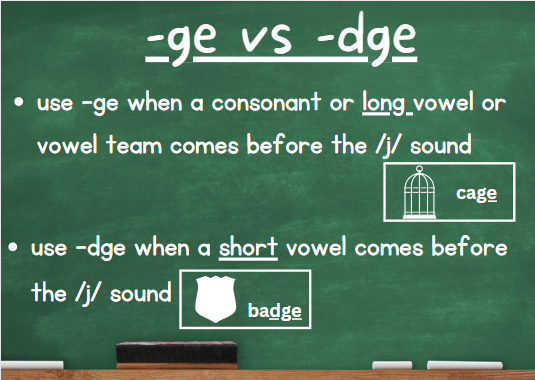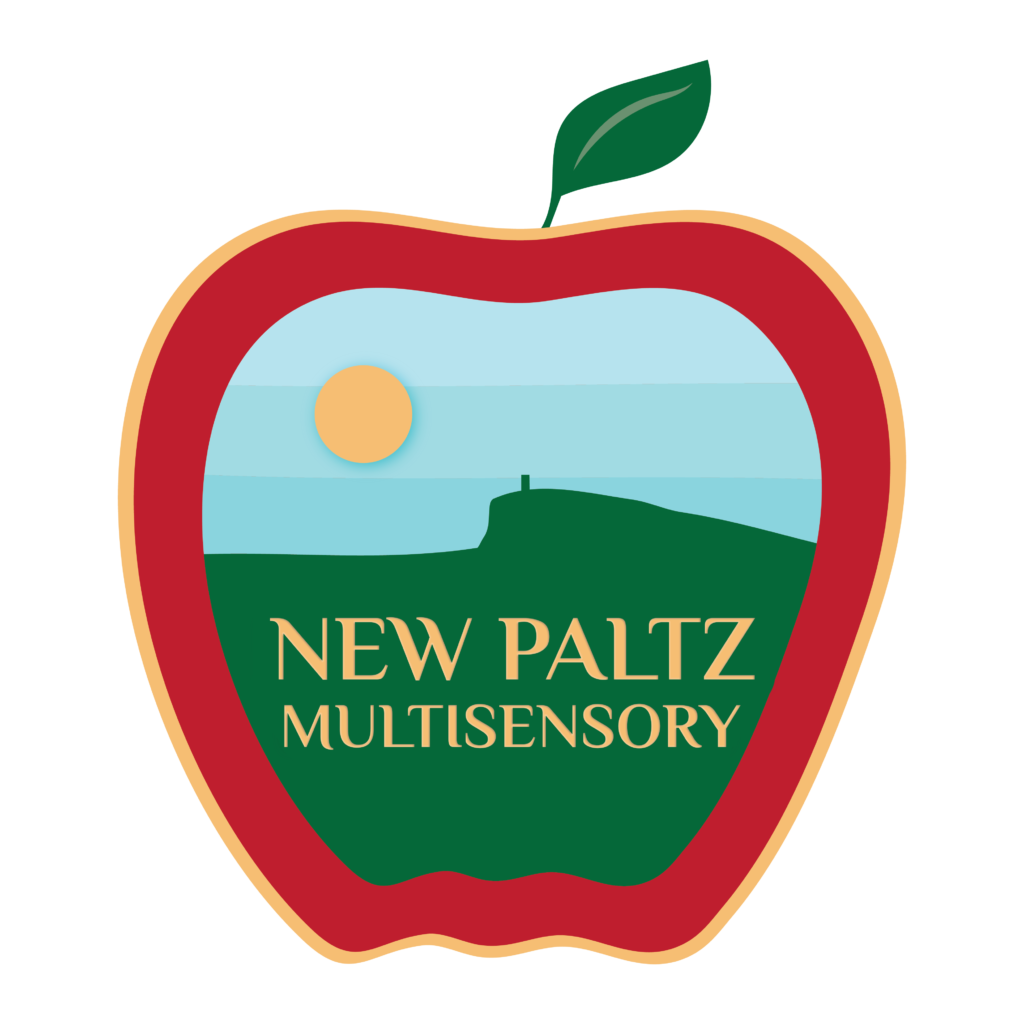Mastering the ge and dge Spelling Rule: A Guide for Teaching Spelling Success
When it comes to spelling, providing direct, explicit instruction is essential for helping students crack the code of reading and writing. Understanding spelling rules allows students to apply these rules independently in their writing and reading. One common challenge students face is knowing when to use -ge or -dge at the end of a word. This blog post will guide you through the key rules for teaching the ge and dge spelling rule and share fun activities to help your students practice and master these rules.

Key Rules for -ge and -dge
- -dge is used in one-syllable base words that end with a short vowel sound.
- Example: badge, edge, fudge
- -ge is used after long vowels or consonants.
- Example: cage, huge, change
Why the Final ‘E’ Is Important
For both -ge and -dge, the final ‘e’ has an important job: it makes the ‘g’ sound soft, like a /j/. This is what gives the words their distinct sound at the end.
A Simple Rule to Remember re: the ge and dge spelling rule
Remember, a word never ends in the letter ‘j’. So, whenever you hear the /j/ sound at the end of a word, it will always be spelled with -ge or -dge. This can be a helpful trick to reinforce with your students!
Connect to Other Spelling Rules
When introducing the -ge/-dge rule, take the opportunity to connect it to previously learned spelling rules. For example, students may already be familiar with the k/ck or ch/tch spelling rules, which are similar. These connections reinforce patterns and make it easier for students to understand the overall structure of English spelling.
So, You’ve Taught the ge and dge spelling Rule… Now What?
Once students understand the -ge/-dge rule, it’s time to give them plenty of practice to help solidify their understanding. Here are some hands-on activities that will make spelling practice engaging and fun:
Spelling Activities to Reinforce the Rule
- Word Sorts
Have students sort words based on whether they end with -ge or -dge. This visual activity helps students recognize the pattern and reinforce their understanding. - Dictation
Use dictation to help students practice spelling words with -ge and -dge. Say the words aloud and ask them to write them down, paying attention to the spelling patterns. - Interactive Games
Games are a fun way to reinforce this rule. You can download a free copy of our phonics board game to practice decoding and spelling -ge/-dge words. It’s an engaging way for students to practice while having fun! - Spelling Mats
For easy, no-prep practice, grab our Interactive Spelling Mats. These mats provide hands-on spelling practice for the ge and dge spelling rule, as well as ch/tch and k/ck words. With just the push of a print button, your students will have everything they need to practice independently.
Need More Resources?
Be sure to check out our FREE teaching slides for -ge/-dge to help guide your lessons. These slides provide visual examples and can be used to reinforce the rule while engaging your students in fun, interactive learning.
Get Your Free Resources!
By consistently practicing these spelling rules, students will be able to confidently apply the -ge/-dge rule in their writing, making them stronger, more independent writers.
Grab our Interactive Spelling Mats and your students will get the practice they need with the push of the print button.



